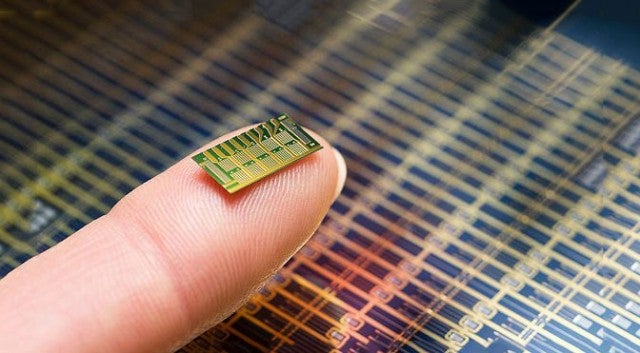Remote-controlled contraceptive chip that lasts for 16 years to go on sale 'by 2018'
US invention is implanted under the skin and releases daily hormone doses

A wireless ‘contraceptive chip’ that’s implanted under the skin and can be controlled remotely could be available to consumers by 2018.
At just 20mm x 20mm x 7mm in size, the MicroCHIPS device is smaller than a postage stamp but stores a 16-year supply of the hormone levonorgestrel to be released on a daily basis.
Engineers from Massachusetts created the device in response to a challenge by Microsoft founder Bill Gates for a long-lasting birth control method that can be turned on and off. Gates has since backed the device, which will be submitted for pre-clinical testing in the US next year.
The chip can be implanted under the skin of the upper arm, abdomen or buttocks, and uses a tiny titanium and platinum seal that is melted each to release 30 micrograms of the hormone directly in to the body.
This daily dose can be turned on and off by the user, with researchers currently working on various security features to keep the device safe from hackers.
"Communication with the implant has to occur at skin contact level distance," said Dr Robert Farra from MIT. "Someone across the room cannot re-programme your implant. Then we have secure encryption. That prevents someone from trying to interpret or intervene between the communications."
Its creators are planning to price the MicroCHIPS ‘competitively’ and say it could be implanted as an outpatient procedure, providing value for money by offering contraception for half the user’s reproductive life.
Subscribe to Independent Premium to bookmark this article
Want to bookmark your favourite articles and stories to read or reference later? Start your Independent Premium subscription today.

Join our commenting forum
Join thought-provoking conversations, follow other Independent readers and see their replies